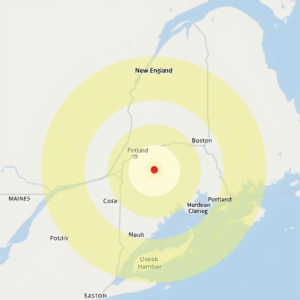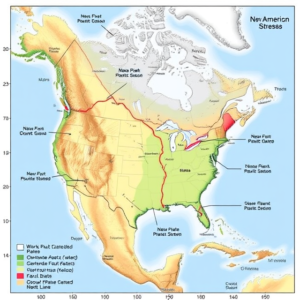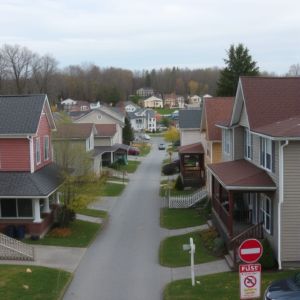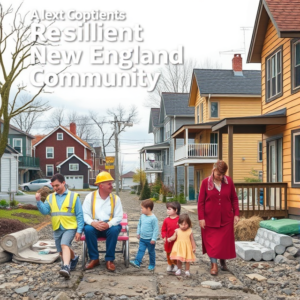On January 27, 2025, at 10:22 a.m., a magnitude 3.8 earthquake struck near York Harbor, Maine, shaking areas from Portland to Boston. The quake originated approximately 12 miles underground.

Causes of the Earthquake
New England’s seismic activity is primarily due to intraplate stresses within the North American Plate. Unlike regions near tectonic plate boundaries, these earthquakes result from internal forces causing faults to slip. While the exact fault responsible for this event is undetermined, such occurrences, though uncommon, are not unprecedented in the area.

Impacts on the Region
Residents reported brief shaking lasting 5 to 8 seconds, causing homes and buildings to tremble. Despite the widespread sensation, there were no significant damages or injuries reported. The event served as a reminder of the region’s vulnerability to seismic activities.

Preparedness Measures for Residents
Given the unpredictable nature of earthquakes, it’s essential for residents to be prepared:
- Secure Your Space: Anchor heavy furniture, appliances, and electronics to walls to prevent tipping during shaking.
- Create a Disaster Plan: Develop a family emergency plan detailing communication methods and meeting points.
- Assemble an Emergency Kit: Prepare a kit with essentials like water, non-perishable food, medications, flashlights, batteries, and important documents.
- During the Quake: Practice “Drop, Cover, and Hold On.” Drop to your hands and knees, cover your head and neck, and hold on to sturdy furniture until the shaking stops.
- After the Quake: Check for injuries and hazards, such as gas leaks or structural damage. Be prepared for aftershocks and stay informed through local news sources.
While significant earthquakes are rare in New England, this event underscores the importance of preparedness. By taking proactive measures, residents can enhance their safety and resilience against future seismic activities.





Can you be more specific about the content of your article? After reading it, I still have some doubts. Hope you can help me.
Your point of view caught my eye and was very interesting. Thanks. I have a question for you.
I don’t think the title of your article matches the content lol. Just kidding, mainly because I had some doubts after reading the article.
I don’t think the title of your article matches the content lol. Just kidding, mainly because I had some doubts after reading the article.